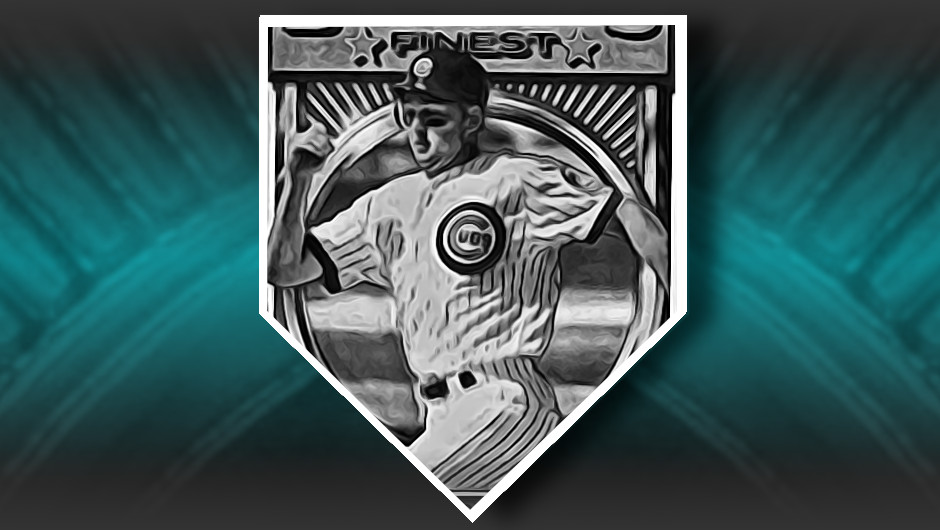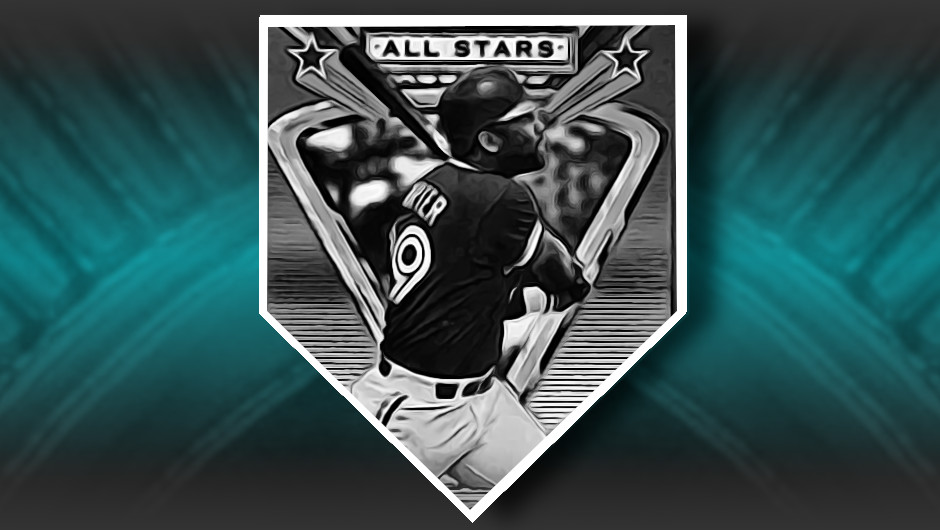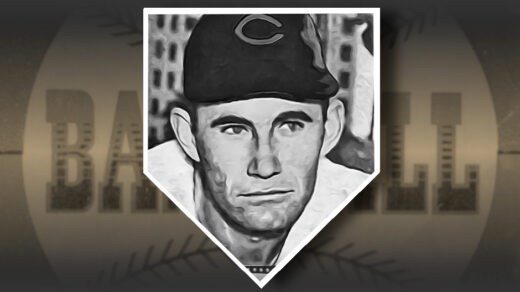Runs Batted In is a fun counting stat, largely because the demarcation between good and not as good traditionally sits at exactly 100 RBIs. You can describe a player as driving in over 100 runs in a season and everyone pretty much assumes he is pretty good with a bat. If all you have to measure baseball effectiveness is RBI totals, it can provide a rough approximation.
As a tool for measuring ballplayers, RBIs are a rather blunt instrument. The metric benefits players who are surrounded by players who routinely get themselves into scoring position. Benefits also accrue to batters who follow extremely good hitters that move runners up by multiple bases. Will Smith, the cleanup hitter for the Los Angeles Dodgers, is probably going to have some pretty high RBI totals this year as the result of having three former MVPs (Betts/Ohtani/Freeman) batting in a row before him in the lineup.
From time to time, some player gets a reputation as “the RBI guy” for his team. Those teams score lots of runs and for decades the RBI guy would garner votes for league MVP. Joe Carter built his entire career around being the RBI guy for three teams and always commanded headlines when blockbuster trades were engineered to obtain his services.
I know Carter is undoubtedly an RBI guy. I was watching events unfold on live television when he clinched the 1993 World Series with a three run home run. I collected his baseball cards and noted the multiple bold ink RBI totals appearing on the back. What I want to know today is just how much of an RBI guy he was. Was he the best? If not, how close was he?
For starters, I sorted the list of all players who played during his 1983-1998 career by the number of RBIs they hit during that span. Even though he played in less than two dozen games in 1983, Carter leads everyone. This isn’t just a case of the major RBI producers only fitting in half a career during this period, as 3 of the next 4 runners up had careers that fully overlapped his own. The fourth, Eddie Murray, retired one year before Carter, effectively giving him a similar length career given Carter’s lack of 1983 playing time.
| Rank | Player | Seasons Overlapping Carter | RBI |
|---|---|---|---|
| 1 | Joe Carter | 1983-1998 | 1,445 |
| 2 | Cal Ripken, Jr. | 1983-1998 | 1,421 |
| 3 | Eddie Murray | 1983-1997 | 1,331 |
| 4 | Harold Baines | 1983-1998 | 1,285 |
| 5 | Chili Davis | 1983-1998 | 1,218 |
Wow. Carter not only led the pack, but did so by a convincing margin. Cal Ripken was very close, while Hall of Famers Eddie Murray and Harold Baines are more than 100 RBIs behind Carter. The gulf doubles to more than 200 RBIs by the time you get to 5th place. Carter did indeed produce a lot of RBIs and very few could come close to his production during that span.
Lists like this, like RBIs, omit nuance. There are players with much higher career totals who played during Carter’s career but only saw a few years of their playing time intersect with his. Alex Rodriguez eclipsed the 2,000 RBI mark. Eddie Murray had multiple 100+ RBI seasons prior to 1983, finishing with almost as many as A-Rod. 28 more names had some sort of overlap and finished with even higher career totals.
Given this limitation, I next turned to the rate at which Carter drove in runs. I looked at all MLB players who accumulated at least 1,000 trips to the plate (~2 seasons worth) and compared their ratio of plate appearances to runs driven in. This has to be a high number, as Carter played for multiple competitive teams where he was surrounded by a cast of high on-base teammates. In times when the bases were empty he had the power to drive himself in with a home run. After all, Carter would have likely exceeded the career 400 HR threshold had the 1994-95 strike never happened.
| Rank | Player | PA per RBI | PA | RBI |
|---|---|---|---|---|
| 1 | Josh Gibson | 3.4109 | 2,490 | 730 |
| 2 | Mule Suttles | 4.0946 | 3,591 | 877 |
| 3 | Turkey Stearnes | 4.2198 | 4,224 | 1,001 |
| 177 | Tino Martinez | 6.3289 | 8,044 | 1,271 |
| 178 | Phil Nevin | 6.3297 | 4,703 | 743 |
| 179 | Lance Berkman | 6.3323 | 7,814 | 1,234 |
| 180 | Joe Carter | 6.3349 | 9,154 | 1,445 |
| 181 | Nelson Cruz | 6.3366 | 8,396 | 1,325 |
| 182 | Jim Gentile | 6.3370 | 3,479 | 549 |
| 183 | Aramis Ramirez | 6.3416 | 8,986 | 1,417 |
Carter on average received credit for driving in a run every 6.3 plate appearances, or about 1 RBI for every game and half he played. That’s in line with the production of Lance Berkman and Nelson Cruz and good enough to rank 180th all-time. Carter was indeed an RBI machine.
How did he stack up against his contemporaries? Was he near the top of RBI production for his time period? I again fired up the records of MLB players with at least 1,000 plate appearances between 1983 and 1998 and calculated the PA:RBI ratio. The average player generated 1 RBI for every 8.7337 trips to the batter’s box. Carter ranked 33rd in this list, driving in runs at a 37% faster clip than the average player and ranking inside the top 5% of those who made the cut.
| Rank | Player | PA per RBI | PA | RBI |
|---|---|---|---|---|
| 1 | Juan Gonzalez | 4.9145 | 4,654 | 947 |
| 2 | Albert Belle | 5.2326 | 5,332 | 1,019 |
| 3 | Mike Piazza | 5.4068 | 3,482 | 644 |
| 30 | Jeff Kent | 6.3051 | 567 | 567 |
| 31 | Danny Tartabull | 6.3157 | 925 | 925 |
| 32 | Bo Jackson | 6.3277 | 415 | 415 |
| 33 | Joe Carter | 6.3349 | 9,154 | 1,445 |
| 34 | Sammy Sosa | 6.3700 | 5,096 | 800 |
| 35 | David Justice | 6.4079 | 4,556 | 711 |
| 36 | Larry Walker | 6.4108 | 4,744 | 740 |
Again, Carter is in good RBI company with this list. What I found most interesting was the monster RBI production from top-ranked Juan Gonzalez. I know he was frequently cited as being an “RBI guy,” but perhaps he should have been known as “THE” RBI guy.
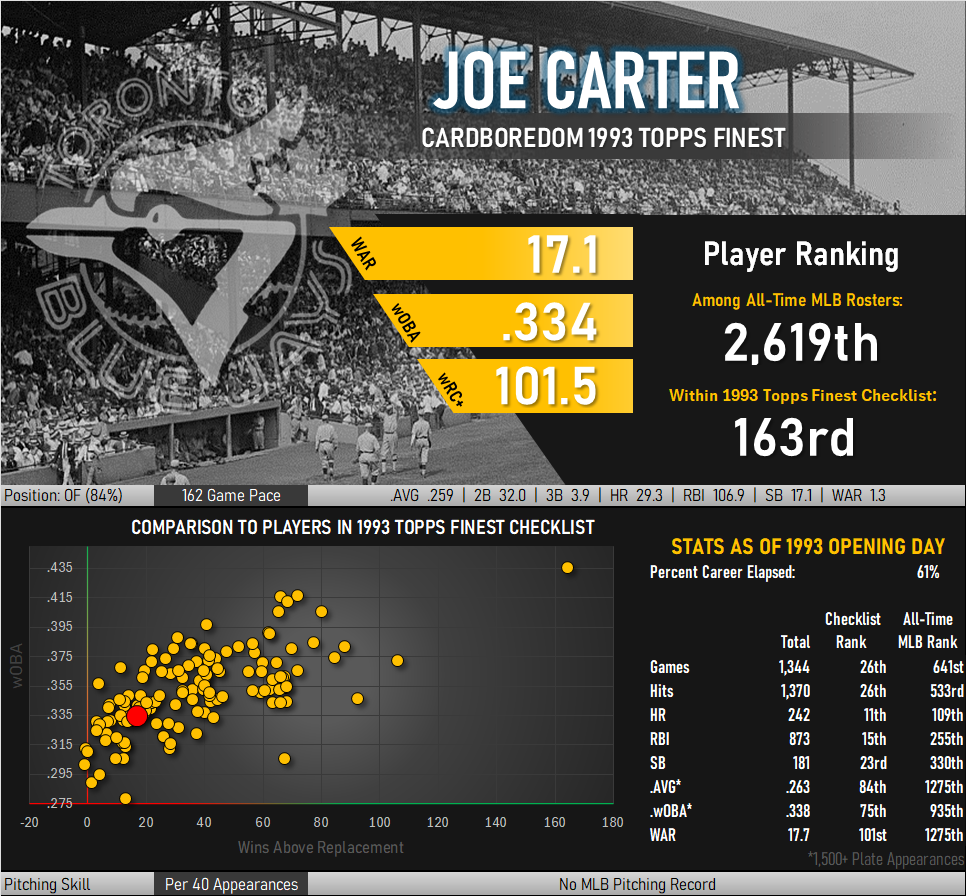
It’s a good thing Carter got all those RBIs. The graphic above shows there were a ton of outs that otherwise went with them. Whatever. When he came to the plate, something big was going to happen. That big event would either be the addition of more runs to the scoreboard, or a really exciting out. He wasn’t just a name filling space in the lineup: He was Joe Carter, the RBI guy.
One additional note: Don’t forget that he was also a threat on the basepaths. He averaged 17 steals per 162 games played and was one of the first 10 players to ever record a 30/30 season.
Can You Think of a Better Joe Carter Card?
What is the best Joe Carter card ever made? A few come immediately to mind. He started off his cardboard career in 1984 with one of the very first Donruss Rated Rookie cards. Carter was the most memorable of that year’s Rated Rookie crop and gets a fantastic Wrigley Field image that uses the outfield ivy as a backdrop. It’s a card that has been at times included in anthologies of greatest cards of the decade. Of course, the fact that he only spent 23 games in a Chicago uniform dampens the card’s claim to being the most memorable Joe Carter card.

Carter is best known for his walk off home run that clinched the 1993 World Series for the Toronto Blue Jays. That moment was captured in both base and gold parallel versions of a highlights card produced the following year by Score. The only problem with this card is how it gets lost in the overproduction of the era.
Taking a cue from Topps Finest, Score began working on much more limited releases with shiny special effects. The culmination of this effort came in 1996 with the release of Select Certified Mirror Gold, a parallel of an already limited edition product. These cards were insanely tough to pull and featured a stated print run of just 30 copies of each card. The set has possibly become the key set building grail of ’90s baseball cards and Carter gets an attractive Blue Jays photo in it. However, it is the set that carries this card’s status, not so much Carter himself at this stage of his career.
There is one card that combines collector interest, rarity, and his memorable role with the ’93 Blue Jays. Carter’s 1993 Finest Refractor may very well be the defining card of his career. It features Carter watching the trajectory of a deep fly as it leaves his bat. He is wearing a Toronto uniform in one of those great baseball photos where a player name is visible on his back.
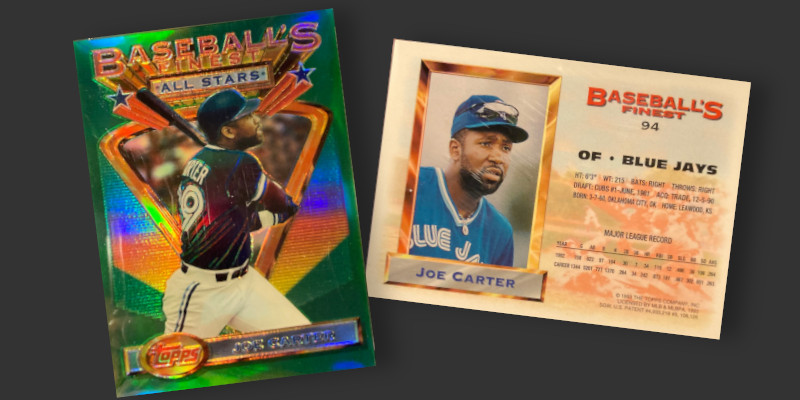
There are a lot of Blue Jays fans who seek out this card. I was finally able to grab my own copy, though it is housed in a rather scratched slab that hides the visual appeal of the card. Some of these scratches are visible in the picture above. Still, I’m happy to have this one finally nailed down for my collection.



